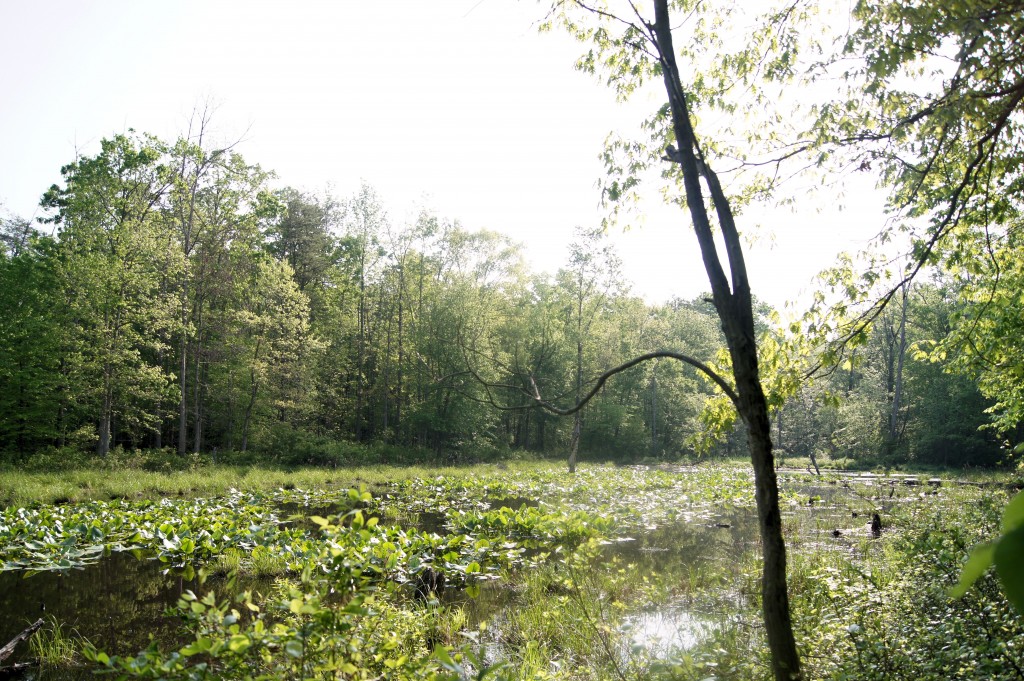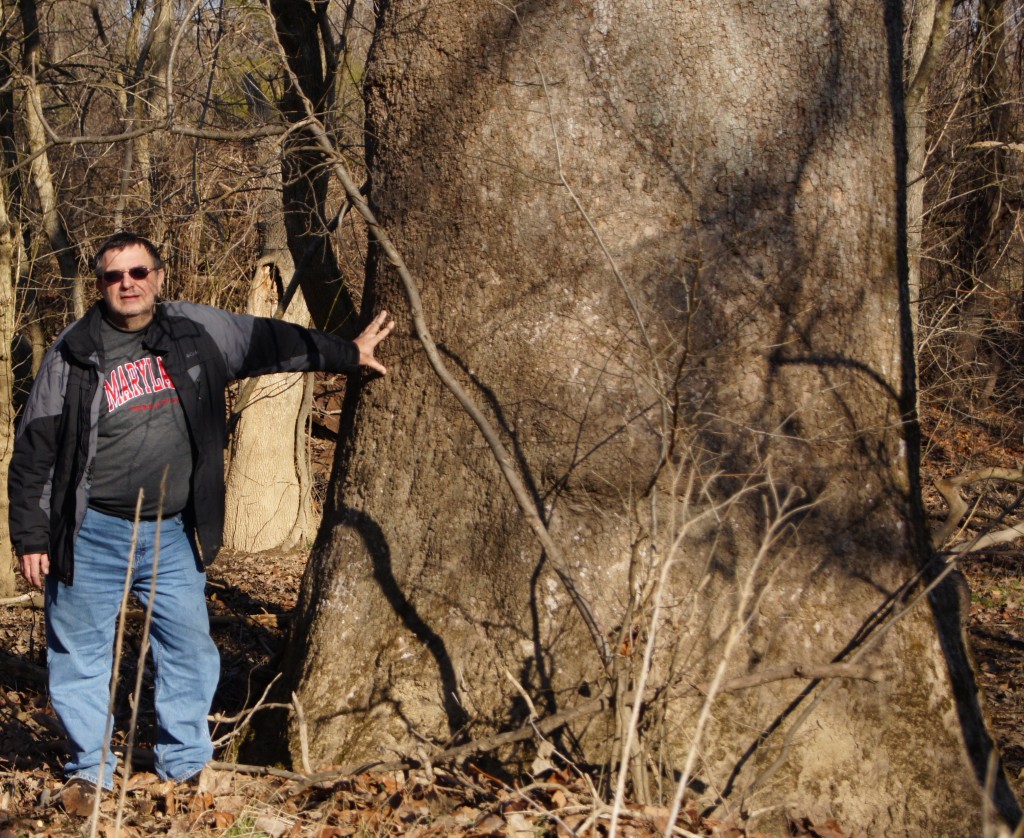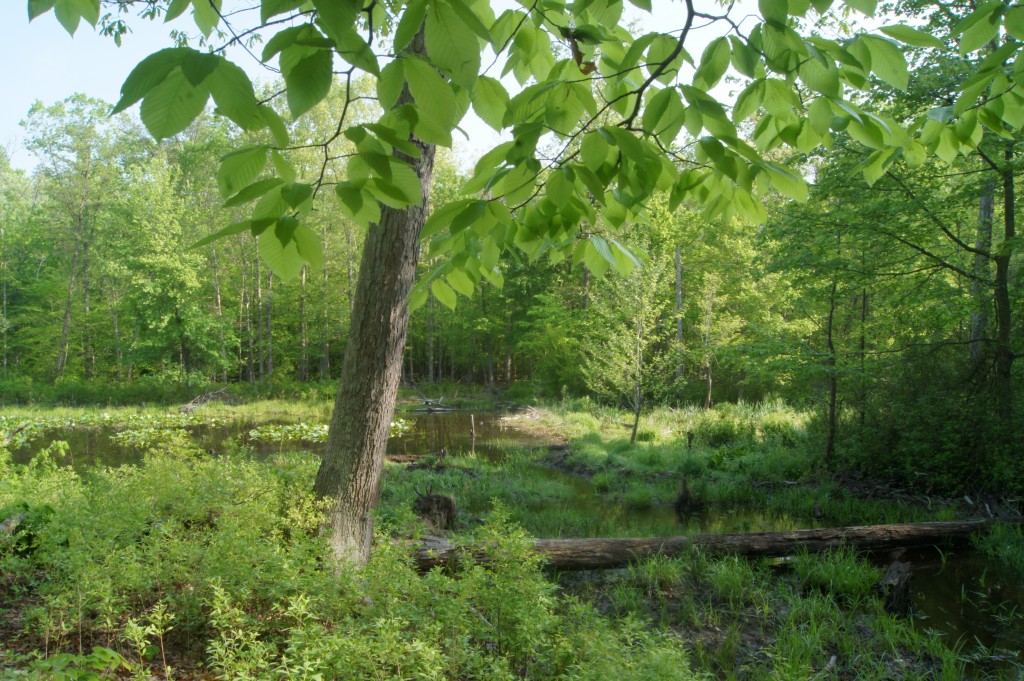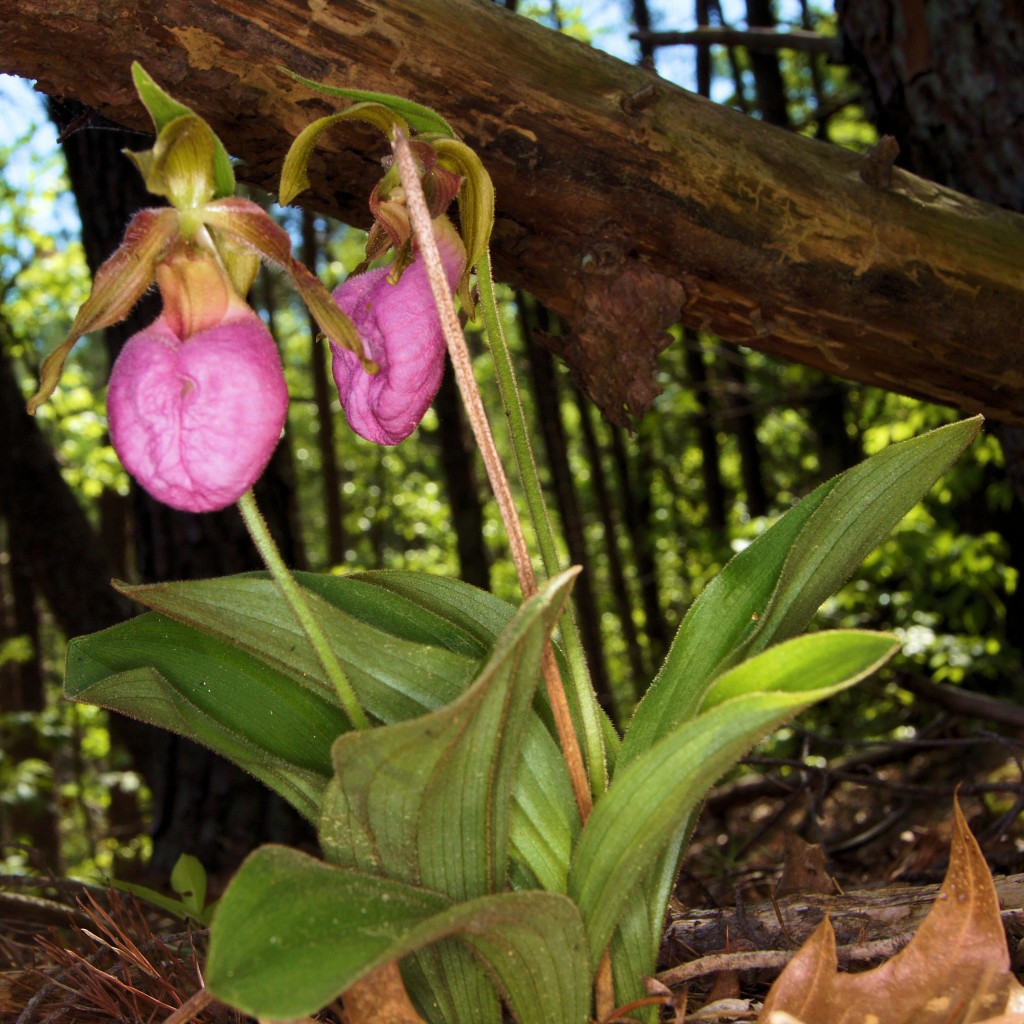From the point of view of a plant enthusiast
What makes the North Tract such a unique place? Let’s find out.

Firstly, it boasts a remarkable diversity of vascular plants, with hundreds of species identified. Interestingly, none of these are federally listed as rare, threatened, or endangered. However, the Maryland State Department of Natural Resources Wildlife Heritage Program does list several species as such at the state level. Despite this, all of these listed plant species can also be found in other locations within Maryland and nearby states.
The North Tract is home to a variety of captivating plant communities, including bottomland woods, upland woods, forest swamps, bogs, shrub communities resembling savannahs, dry sandy areas with cacti, and artificial impoundments hosting diverse aquatic plants. While these communities are fascinating, they are not unique to the North Tract, as similar ones exist outside the Refuge.

Despite a history of significant human influence, including farming, logging, mining, iron forge activity, and military exercises, much of the land is recovering and relatively pristine. However, finding trees over 100 years old is rare due to this history. Notably, there are a few trees over 150 years old, such as a giant sycamore and several other sizable specimens.

One area of particular interest
One particularly intriguing area is the palustrine wetlands formed by ancient river beds south of the Little Patuxent River between the Old Forge and Bailey Bridges. These wetlands are possibly the most pristine plant communities on the North Tract, thanks to their remote location and minimal recent human activity. Logging and farming occurred in this area over 100 years ago, and the military used it as an ordnance impact zone until around 1990. Since then, activities have been limited to low-impact hunting and wildlife surveying. This long period of minimal human impact raises the possibility of discovering previously unknown rare plants in these wetlands.

Afterthoughts
When you are out in the field, the small airplanes from Tipton Field flying overhead, the Metro Trains clacking over the rail tracks, the vehicles producing a constant hum on the roads which surround the refuge and the guns blasting away on the refuge’s firing ranges remind you that are you near civilization. On the other hand, the singing birds, the mate calling frogs and toads, and the large numbers of plant species popping up all over help you to overcome the man-made distractions.
Bill
